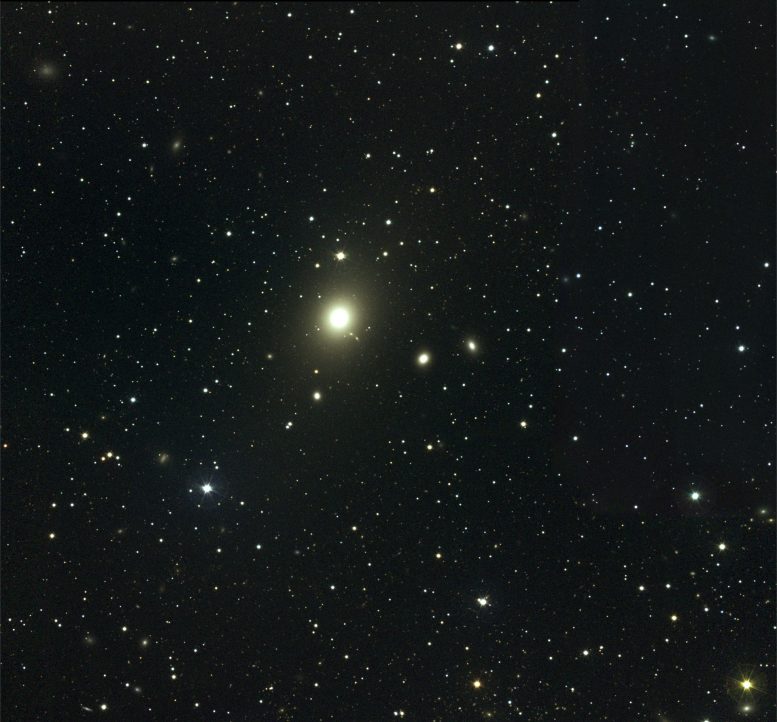
This visible light view shows the central part of the Virgo Cluster. The brightest object is the giant elliptical galaxy M87 (left of center). The image spans approximately 1.2 degrees, or about 2.4 times the apparent diameter of a full moon. Credit: NOAO/AURA/NSF
Using Japan’s Suzaku X-ray satellite, a team of astronomers present the first measurements of the abundances of iron, magnesium, silicon and sulfur in four directions all across the Virgo galaxy cluster.
A new survey of hot, X-ray-emitting gas in the Virgo galaxy cluster shows that the elements needed to make stars, planets, and people were evenly distributed across millions of light-years early in cosmic history, more than 10 billion years ago.
The Virgo cluster, located about 54 million light-years away, is the nearest galaxy cluster and the second brightest in X-rays. The cluster is home to more than 2,000 galaxies, and the space between them is filled with a diffuse gas so hot it glows in X-rays.
Using Japan’s Suzaku X-ray satellite, a team led by Aurora Simionescu, an astrophysicist at the Japan Aerospace Exploration Agency (JAXA) in Sagamihara, acquired observations of the cluster along four arms extending up to 5 million light-years from its center.
“Heavier chemical elements from carbon on up are produced and distributed into interstellar space by stars that explode as supernovae at the ends of their lifetimes,” Simionescu said. This chemical dispersal continues at progressively larger scales through other mechanisms, such as galactic outflows, interactions and mergers with neighboring galaxies, and stripping caused by a galaxy’s motion through the hot gas filling galaxy clusters.
Supernovae fall into two broad classes. Stars born with more than eight times the sun’s mass collapse under their own weight and explode as core-collapse supernovae. White dwarf stars may become unstable due to interactions with a nearby star and explode as so-called Type Ia supernovae.
These different classes of supernovae produce different chemical compositions. Core-collapse supernovae mostly scatter elements ranging from oxygen to silicon, while white dwarf explosions release predominantly heavier elements, such as iron and nickel. Surveying the distribution of these elements over a vast volume of space, such as a galaxy cluster, helps astronomers reconstruct how, when, and where they were produced. Once the chemical elements made by supernovae are scattered and mixed into interstellar space, they become incorporated into later generations of stars.
The overall composition of a large volume of space depends on the mix of supernova types contributing to it. For example, accounting for the overall chemical makeup of the sun and solar system requires a mix of roughly one Type Ia supernova for every five core-collapse explosions.
“One way to think about this is that we’re looking for the supernova recipe that produced the chemical makeup we see on much larger scales, and comparing it with the recipe for our own sun,” said co-author Norbert Werner, a researcher at the Kavli Institute for Particle Astrophysics and Cosmology (KIPAC) at Stanford University in California.
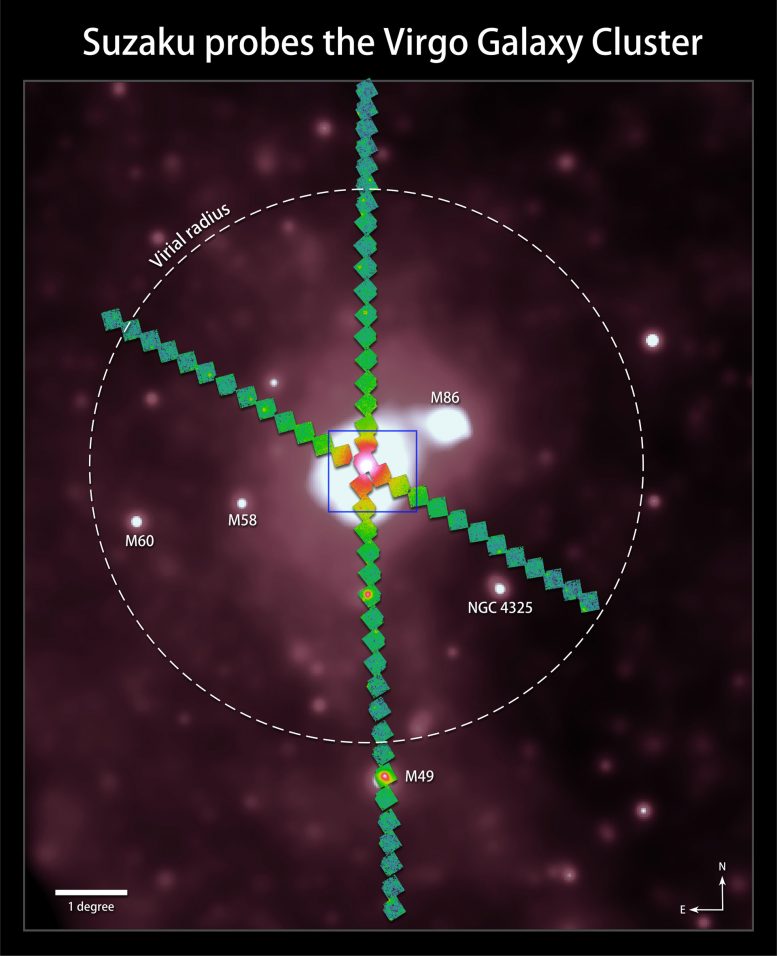
Suzaku mapped iron, magnesium, silicon, and sulfur in four directions all across the Virgo galaxy cluster for the first time. The northern arm of the survey (top) extends 5 million light-years from M87 (center), the massive galaxy at the cluster’s heart. Ratios of these elements are constant throughout the cluster, which means they were mixed well early in cosmic history. The dashed circle shows what astronomers call the virial radius, the boundary where gas clouds are just entering the cluster. Some prominent members of the cluster are labeled as well. The background image is part of the all-sky X-ray survey acquired by the German ROSAT satellite. The blue box at the center indicates the area shown in the visible light image. Credit: A. Simionescu (JAXA) and Hans Boehringer (MPE)
In an earlier study led by Werner, Suzaku data showed that iron was distributed uniformly throughout the Perseus Galaxy Cluster, but information about lighter elements mainly produced by core-collapse supernovae was unavailable. The Virgo Cluster observations supply the missing ingredients. Reporting their findings in the October 1 issue of The Astrophysical Journal, Simionescu, and her colleagues show they detect iron, magnesium, silicon, and sulfur all the way across a galaxy cluster for the first time. The elemental ratios are constant throughout the entire volume of the cluster and roughly consistent with the composition of the sun and most of the stars in our own galaxy.
Because galaxy clusters cover enormous volumes of space, astronomers can use one example to extrapolate the average chemical content of the universe. The study shows that the chemical elements in the cosmos are well mixed, showing little variation on the largest scales. The same ratio of supernova types — the same recipe — thought to be responsible for the solar system’s makeup was at work throughout the universe. This likely happened when the universe was between 2 and 4 billion years old, a period when stars were being formed at the fastest rate in cosmic history.
“This means that elements so important to life on Earth are available, on average, in similar relative proportions throughout the bulk of the universe,” explained Simionescu. “In other words, the chemical requirements for life are common throughout the cosmos.”
Launched on July 10, 2005, Suzaku was developed at the Institute of Space and Astronautical Science (ISAS) in Japan, which is part of JAXA, in collaboration with NASA and other Japanese and U.S. institutions. NASA’s Goddard Space Flight Center in Greenbelt, Maryland, supplied Suzaku’s X-ray telescopes and data-processing software, and operated a facility supporting U.S. astronomers who used the satellite.
Suzaku operated for 10 years — five times its target lifespan — to become the longest-functioning Japanese X-ray observatory. On August 26, JAXA announced the end of the mission due to the deteriorating health of the spacecraft.
“Suzaku provided us with a decade of revolutionary measurements,” said Robert Petre, chief of Goddard’s X-ray Astrophysics Laboratory. “We’re building on that legacy right now with its successor, ASTRO-H, Japan’s sixth X-ray astronomy satellite, and we’re working toward its launch in 2016.”
Reference: “A Uniform Contribution of Core-Collapse and Type Ia Supernovae to the Chemical Enrichment Pattern in the Outskirts of the Virgo Cluster” by A. Simionescu, N. Werner, O. Urban, S. W. Allen, Y. Ichinohe and I. Zhuravleva, 24 September 2015, The Astrophysical Journal Letters.
DOI: 10.1088/2041-8205/811/2/L25
arXiv:1506.06164



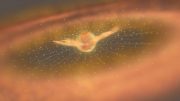
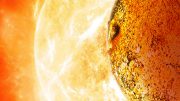
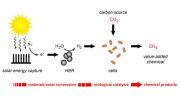
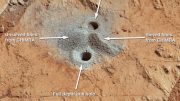
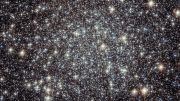

Be the first to comment on "Suzaku Finds Mg, Si, and S Extending Out Beyond the Virial Radius of a Ccluster of Galaxies"